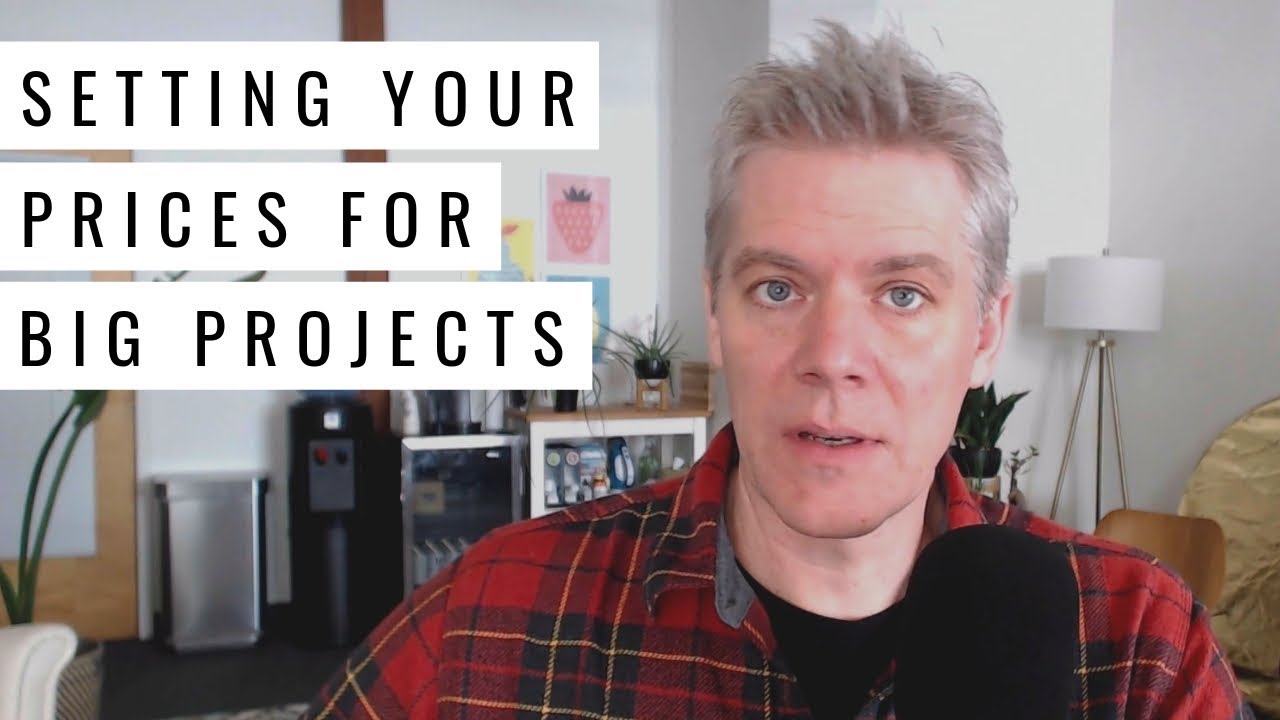Writing a Software Proposal to Impress Clients (+Examples)
Learn to write software proposals that wow clients! Our guide offers tips on best format and structure, complete with examples and customizable templates.


Learn to write software proposals that wow clients! Our guide offers tips on best format and structure, complete with examples and customizable templates.
Short answer
A software development proposal is a document that combines a detailed plan for creating a tailored software solution with the project's objectives, timelines, costs, and methodologies.
It's designed to showcase your strategy and solutions to potential clients, convincing them of your capability to meet their specific needs.
| Format | Pros | Cons |
|---|---|---|
| - Great for text-heavy content - Easily accessible and printable |
- Lacks interactive features, making it less engaging - Difficult to edit after completion |
|
| PowerPoint (PPT) | - Combines text and visuals effectively - Widely used and easy to navigate |
- Limited in terms of interactivity - Requires creativity to stand out |
| Word document | - Ideal for documents needing regular updates and collaborative input - Easy to edit and update |
- Falls short for visually driven or multimedia content - Can seem basic and not very engaging |
| Storydoc | - Excels in visual storytelling and engagement - Interactive elements like videos and clickable links make it more engaging |
- Might have a learning curve - Not suitable for print |
Stop losing opportunities to ineffective presentations.
Your new amazing deck is one click away!








